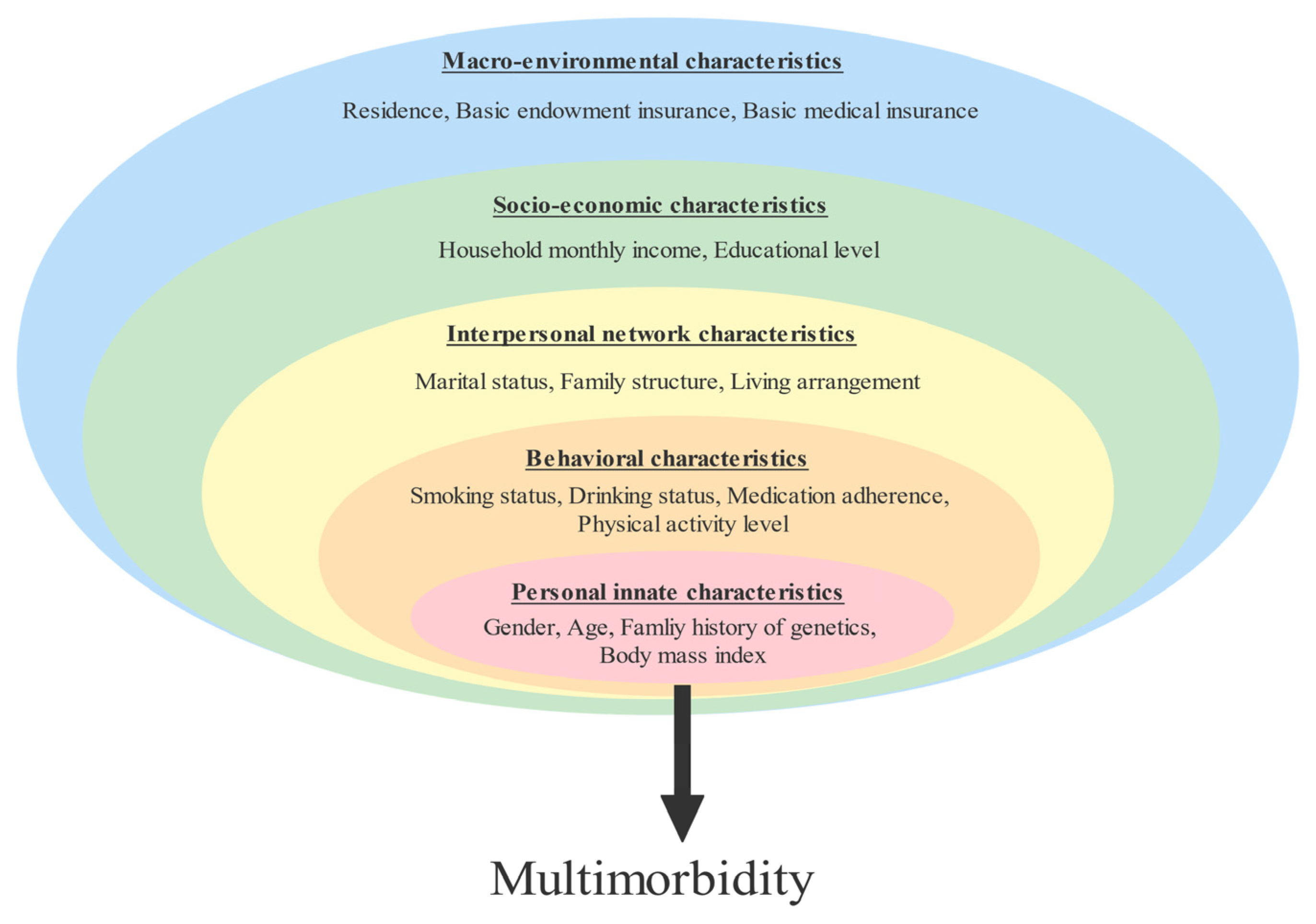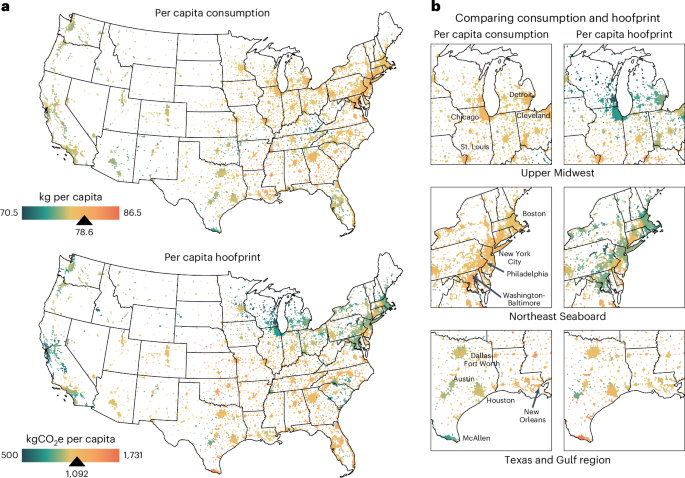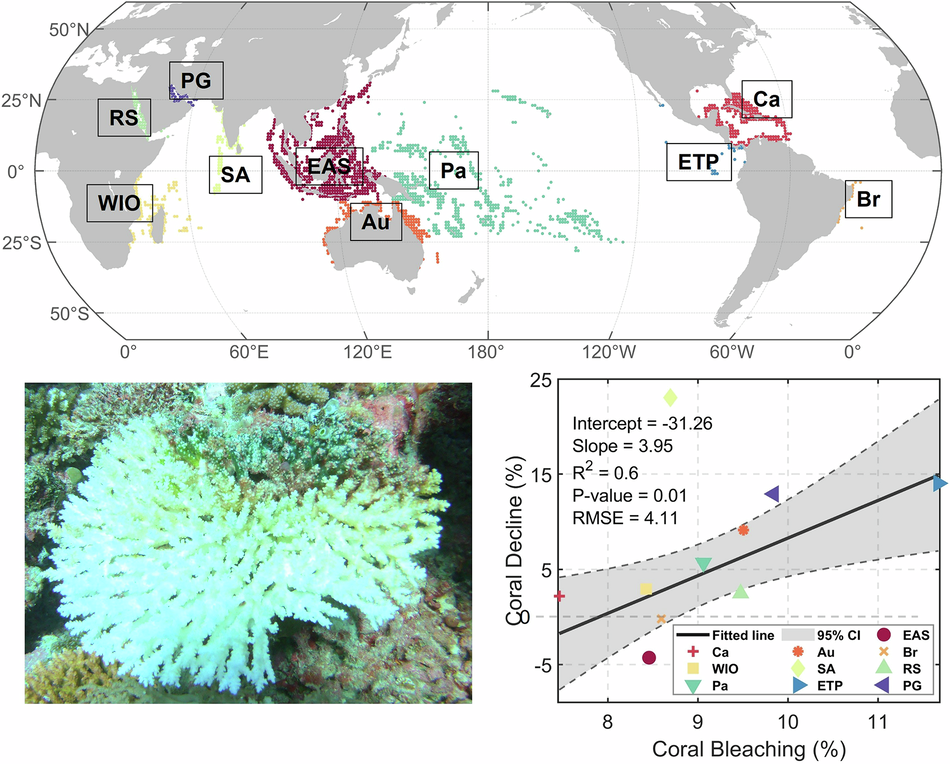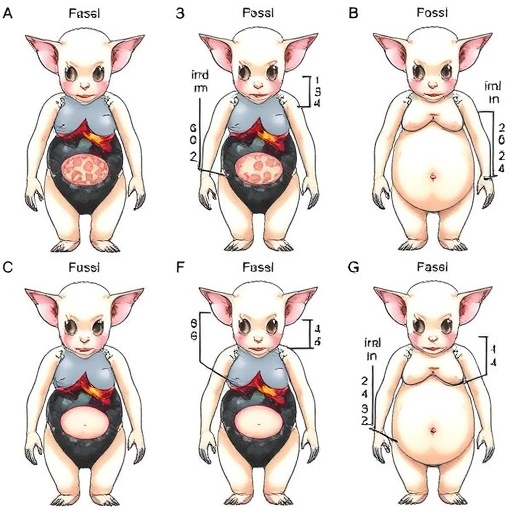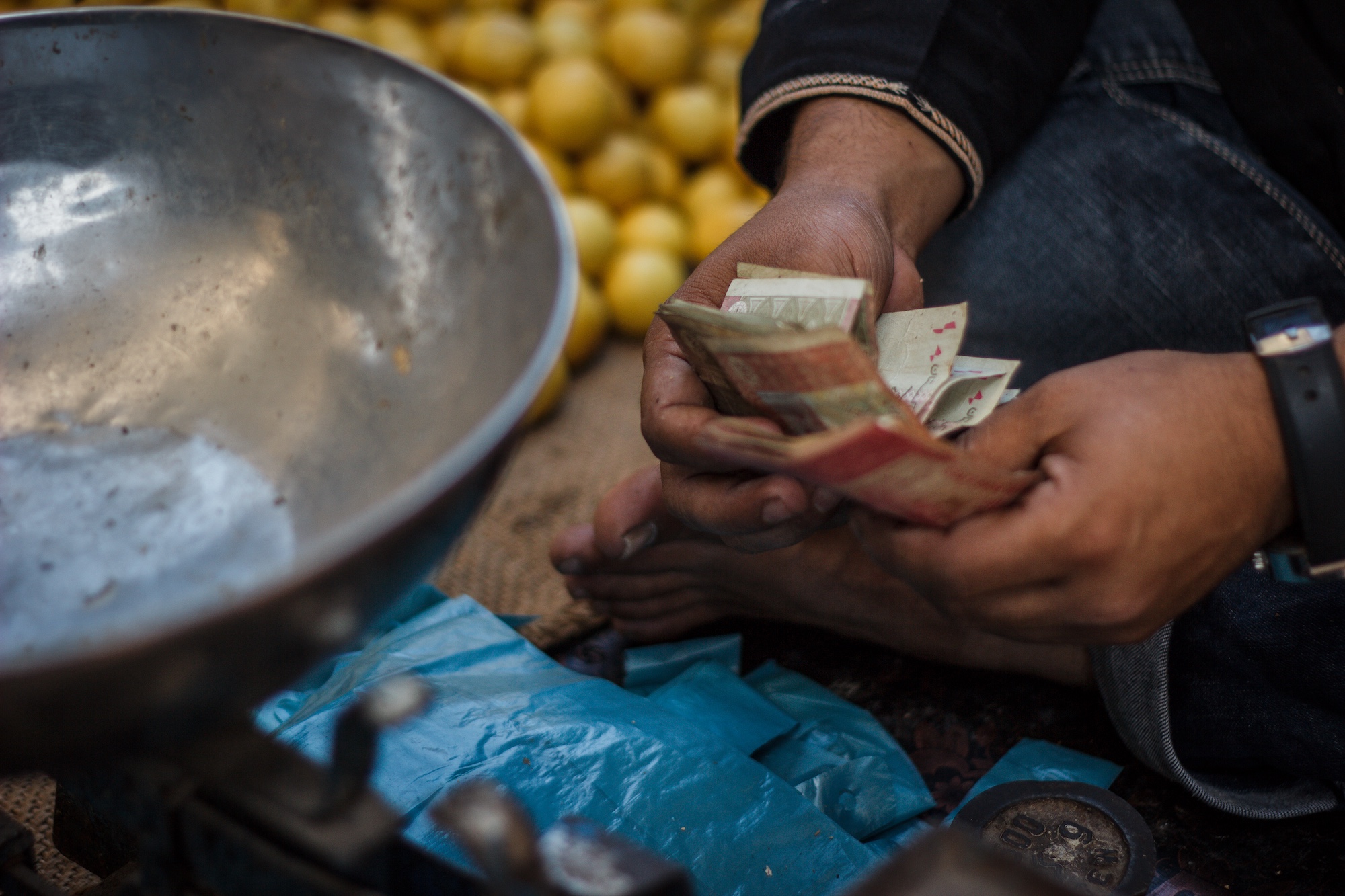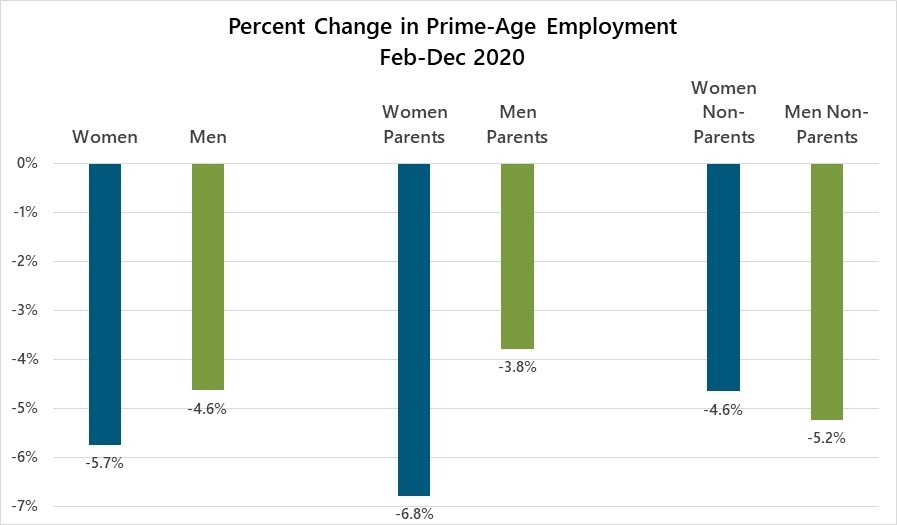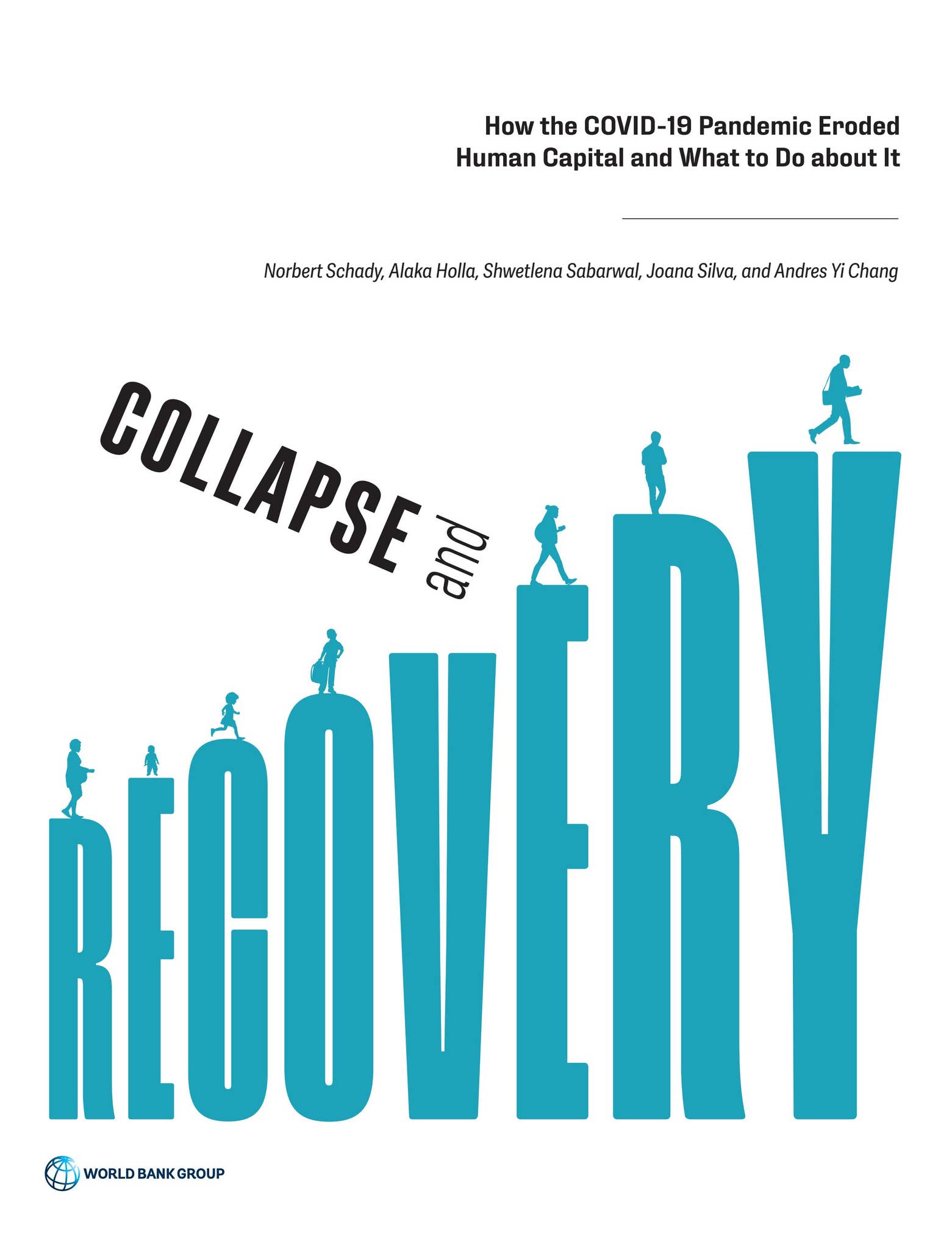More than loans: The case for building community into microfinance operations – Times of India
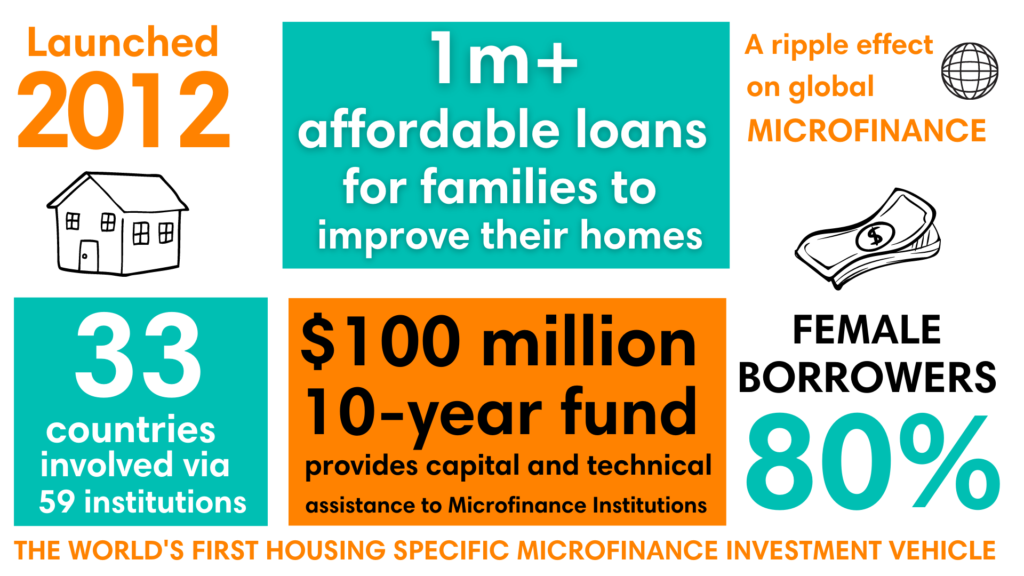
Building Community into Microfinance Operations: A Sustainable Development Perspective
Introduction
The integration of community involvement within microfinance models is critical for achieving sustainable development. This report examines the role of community engagement in microfinance, emphasizing its alignment with the Sustainable Development Goals (SDGs), particularly SDG 1 (No Poverty), SDG 8 (Decent Work and Economic Growth), and SDG 10 (Reduced Inequalities).
Microfinance Models and Community Involvement
- Self Help Group (SHG) Model
- Characterized by strong community participation.
- Requires facilitation by external agencies, increasing operational costs.
- Supports SDG 1 by empowering marginalized groups through collective action.
- Joint Liability Group (JLG) Model
- Offers a scalable economic approach with a focus on loan discipline.
- Early models emphasized repayment discipline and mutual accountability.
- Contributes to SDG 8 by promoting responsible borrowing and financial inclusion.
Evolution and Challenges in Microfinance
- Increased Competition and Loan Supply
- Loan availability improved, reducing scarcity constraints.
- Led to both positive and negative consequences for clients and institutions.
- Negative Consequences
- Growth of loan portfolios sometimes compromised risk management.
- Clients faced over-indebtedness, highlighting risks to financial sustainability.
- Impacts SDG 10 by potentially increasing financial vulnerability among low-income populations.
- Positive Consequences
- Some MFIs integrated community engagement into their operations.
- Examples include dissemination of health and government scheme information during JLG meetings.
- Supports SDG 3 (Good Health and Well-being) and SDG 16 (Peace, Justice, and Strong Institutions) through informed communities.
Community Engagement Practices in Microfinance
- Educational Messaging
- Pre-recorded messages on hygiene and government opportunities played during meetings.
- Enhances community awareness and resilience.
- Loan Utilization Discussions
- Loan officers discuss livelihood issues and promote responsible borrowing.
- Branch managers assess loan use to better understand client economic conditions.
- Improves lending decisions and portfolio management aligned with SDG 8.
- Community Projects and Incentives
- Branches incentivized to undertake community-related projects annually.
- Recognition and awards foster institutional commitment to social impact.
- Supports SDG 11 (Sustainable Cities and Communities) by encouraging local development initiatives.
Key Factors for Institutional Success
- Growth Ambition – Essential but insufficient alone for sustainability.
- Profitability and Growth Management – Dependent on organizational life cycle stage.
- Sound Risk Management – Includes independent internal audits and geographic portfolio diversification.
Strategic Recommendations for Microfinance Institutions (MFIs)
- Institutionalize Community Engagement
- Make community involvement a core operational pillar rather than a peripheral activity.
- Align community engagement strategies with SDGs to enhance social impact and brand equity.
- Strengthen Risk Management
- Ensure robust internal audit systems and diversified portfolios to maintain financial health.
- Enhance Data Integration
- Standardize community engagement activities and integrate them into Management Information Systems (MIS).
Conclusion
Embedding community involvement within microfinance operations is vital for advancing sustainable development and achieving multiple SDGs. MFIs that balance growth ambitions with sound risk management and institutionalized community engagement are better positioned to create lasting social and economic impact.
1. Sustainable Development Goals (SDGs) Addressed or Connected
- SDG 1: No Poverty
- The article discusses microfinance models like Self Help Groups (SHGs) and Joint Liability Groups (JLGs) that provide financial services to low-income communities, aiming to reduce poverty.
- SDG 8: Decent Work and Economic Growth
- Microfinance supports economic opportunities and livelihoods, promoting sustained economic growth and productive employment.
- SDG 3: Good Health and Well-being
- The article mentions community engagement activities such as sharing messages on good hygiene practices, which relate to improving health outcomes.
- SDG 10: Reduced Inequalities
- By providing access to financial services to marginalized groups, microfinance contributes to reducing inequalities within and among countries.
- SDG 17: Partnerships for the Goals
- The involvement of external agencies and community engagement indicates partnerships and collaboration to achieve sustainable development.
2. Specific Targets Under Those SDGs Identified
- SDG 1: No Poverty
- Target 1.4: Ensure that all men and women have equal rights to economic resources, including access to basic services and financial services.
- SDG 8: Decent Work and Economic Growth
- Target 8.3: Promote development-oriented policies that support productive activities, decent job creation, entrepreneurship, creativity and innovation.
- Target 8.10: Strengthen the capacity of domestic financial institutions to encourage and expand access to banking, insurance and financial services for all.
- SDG 3: Good Health and Well-being
- Target 3.3: End epidemics of communicable diseases and promote health education (implied through hygiene messages shared in community meetings).
- SDG 10: Reduced Inequalities
- Target 10.2: Empower and promote the social, economic and political inclusion of all, irrespective of age, sex, disability, race, ethnicity, origin, religion or economic or other status.
- SDG 17: Partnerships for the Goals
- Target 17.17: Encourage and promote effective public, public-private and civil society partnerships.
3. Indicators Mentioned or Implied to Measure Progress
- Indicator for SDG 1.4
- Proportion of population with access to financial services (implied through microfinance outreach and loan portfolio growth).
- Indicators for SDG 8.3 and 8.10
- Number of microfinance clients and loan recovery rates (implied through discussion on loan discipline and portfolio management).
- Assessment of loan utilization and economic opportunities at branch level (implied through branch managers’ evaluation of clients’ loan use).
- Indicator for SDG 3.3
- Number of community meetings with health and hygiene messages (implied through pre-recorded messages played in JLG meetings).
- Indicator for SDG 10.2
- Number of community engagement projects undertaken by microfinance branches (implied through incentivized community projects).
- Indicator for SDG 17.17
- Number and quality of partnerships with external agencies and community groups (implied through facilitation by external agencies and community involvement).
4. Table: SDGs, Targets and Indicators
| SDGs | Targets | Indicators |
|---|---|---|
| SDG 1: No Poverty | 1.4: Equal rights to economic resources and financial services | Proportion of population with access to financial services (microfinance outreach) |
| SDG 8: Decent Work and Economic Growth | 8.3: Promote policies supporting productive activities and entrepreneurship 8.10: Strengthen financial institutions to expand access to financial services |
Number of microfinance clients and loan recovery rates Assessment of loan utilization and economic opportunities at branch level |
| SDG 3: Good Health and Well-being | 3.3: End epidemics and promote health education | Number of community meetings with health and hygiene messages |
| SDG 10: Reduced Inequalities | 10.2: Empower and promote social and economic inclusion | Number of community engagement projects by microfinance branches |
| SDG 17: Partnerships for the Goals | 17.17: Encourage effective public, public-private and civil society partnerships | Number and quality of partnerships with external agencies and community groups |
Source: timesofindia.indiatimes.com

What is Your Reaction?
 Like
0
Like
0
 Dislike
0
Dislike
0
 Love
0
Love
0
 Funny
0
Funny
0
 Angry
0
Angry
0
 Sad
0
Sad
0
 Wow
0
Wow
0












